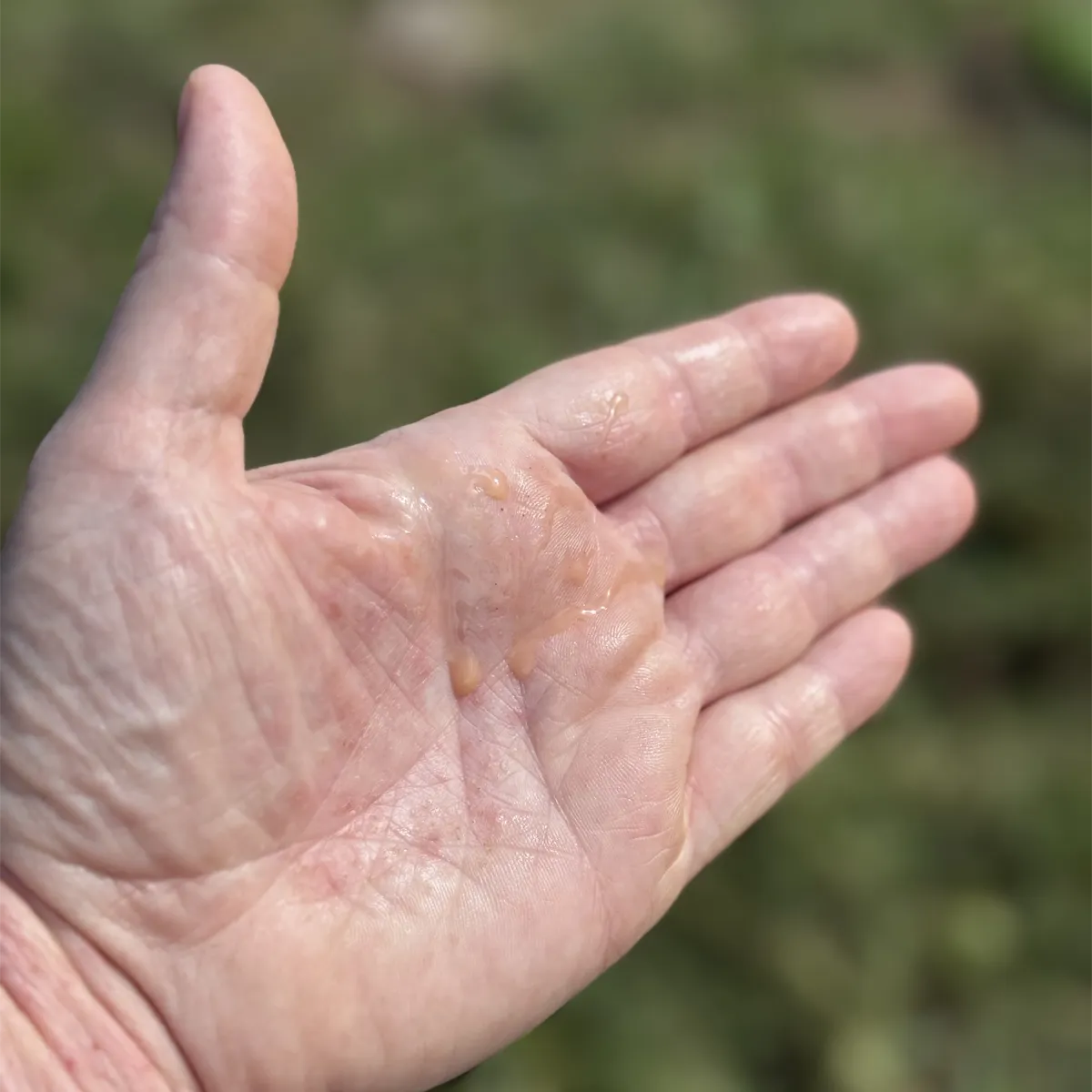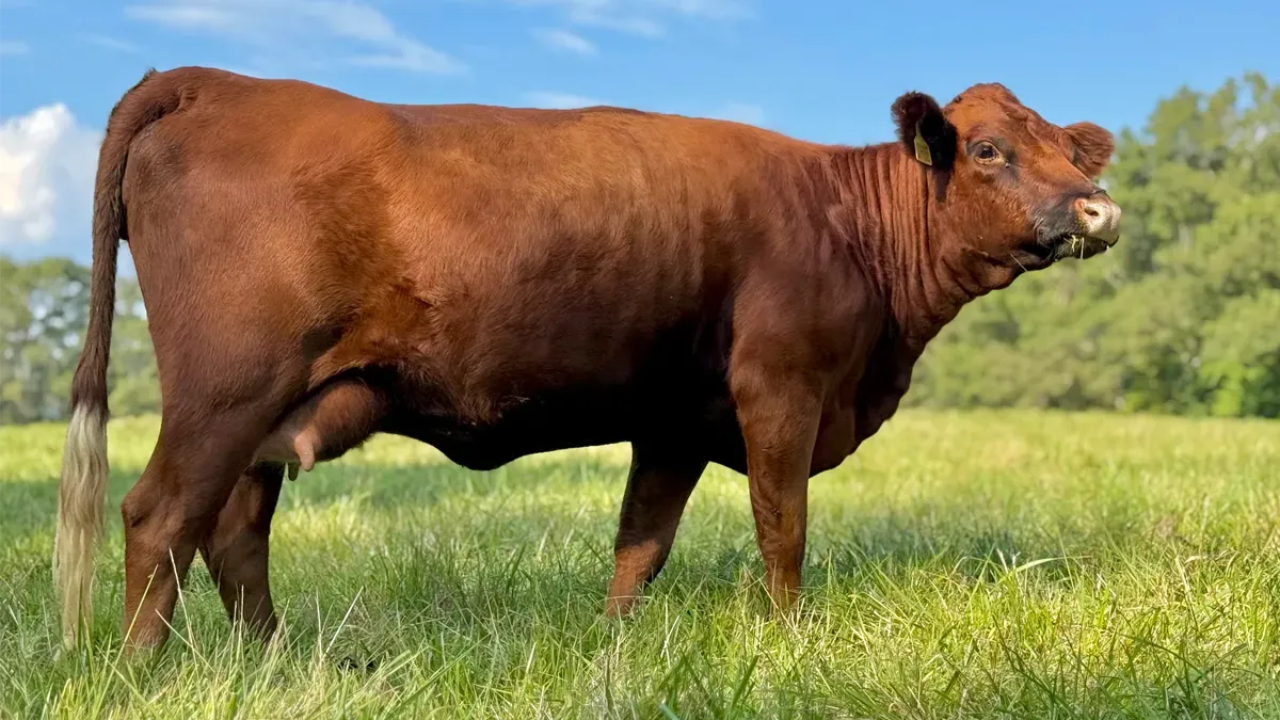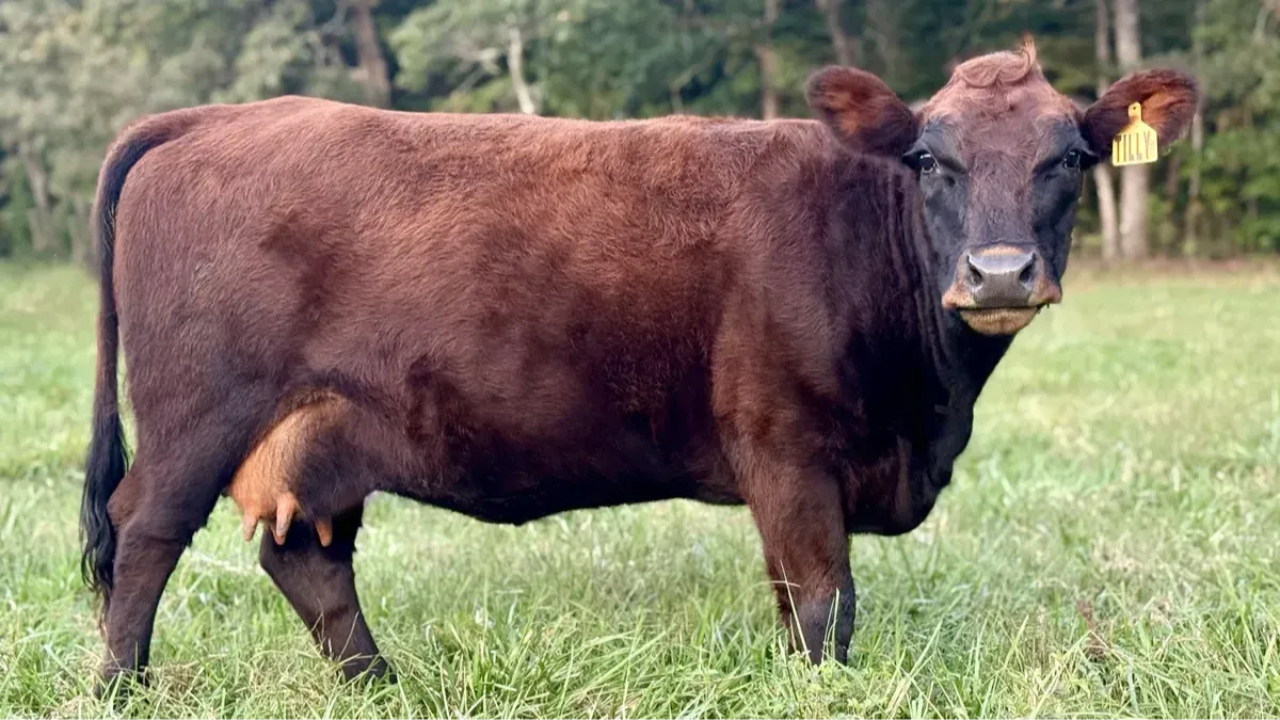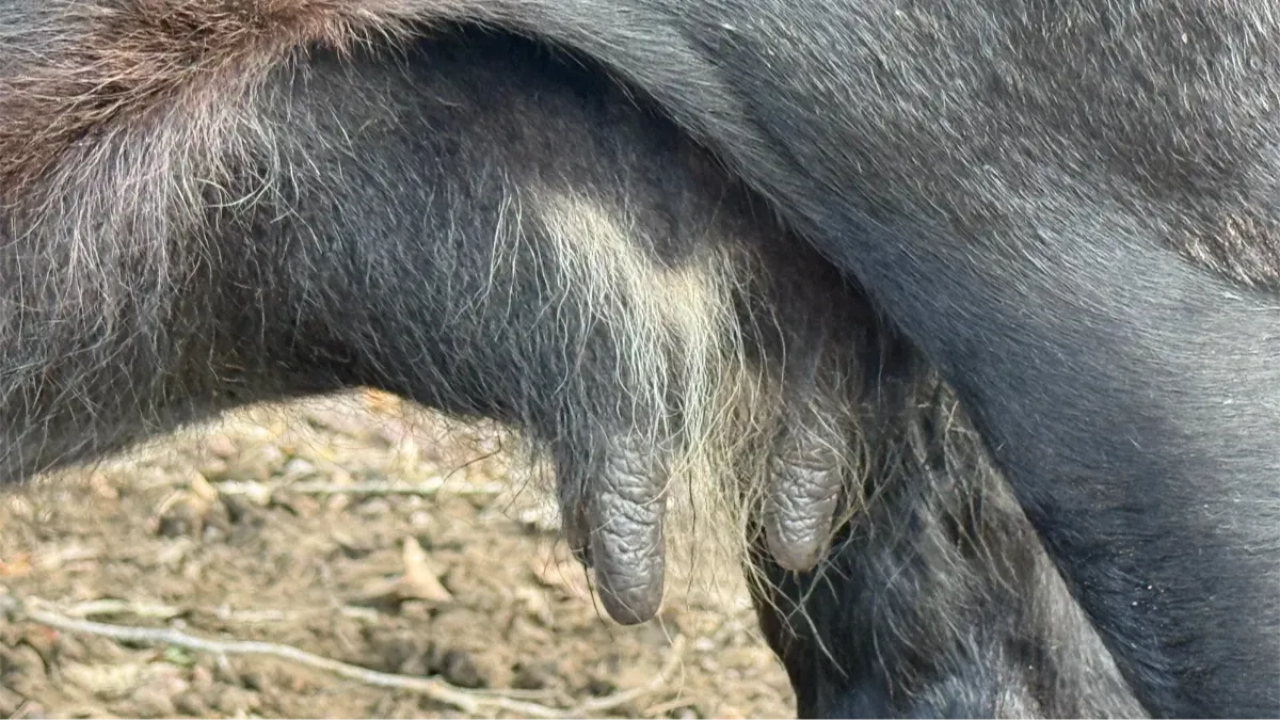When Colostrum Looks Like Blood: What I Learned From a Fresh Dexter Cow
📷 VIDEO WARNING I recorded this during Vivien's first milking so you can see exactly what I saw.
The video is just a quick barn clip from my phone, but it shows how dramatic bloody colostrum can look. It may be unsettling at first glance, but sharing it matters—because when this happens on your own Dexter milk cow, you’ll know you’re not alone and you’ll know what steps to take.
Since it was the middle of the night, I stripped out the bloody colostrum, dumped it, and gave Vivien's calf a bottle of frozen colostrum I had saved from another cow. That way I didn’t have to wake my vet at 1 a.m.
I’ll be honest — in the moment it looked scary. Logic said it was probably fine since Vivien didn't act sick but I still felt the need to check in with my vet. Here’s what she told me when I called during office hours:
-
✅ It’s still colostrum.
-
🐮 It won’t hurt the calf.
-
🌡️ My vet reassured me that as long as there’s no fever, no heat in the udder, and the cow strips easily with no clumps (that would be a sign of mastitis), the cow is likely fine.
-
⏳ It usually clears up in 2–3 days.
-
📌 It’s likely just broken capillaries and is just one of those things that happens sometimes in dairy cows.
📷 IMAGE WARNING The photo below may be unsettling, but this is exactly what I saw when I stripped her out right after the calf was born. It’s rare, but it happens.

Bloody colostrum looks shocking, but it isn’t usually a crisis. The most important thing is to check the cow for signs of mastitis or illness and to make sure the calf still gets safe colostrum — even if that means pulling from your freezer stash like I did. If you see it once, don’t panic. Document it, monitor your cow, and touch base with your vet if you have concerns.
📷 FOLLOW-UP
By the next evening, things already looked very different. This was about 18 hours later, and you can see how quickly the colostrum cleared. My vet was right — in just a couple of days it was back to normal.

Bloody colostrum is one of those surprising things dairy cows can throw at us. Keep an eye on your cow, lean on your vet for guidance, and know that you’re not the first (or last) milker to run into it.



